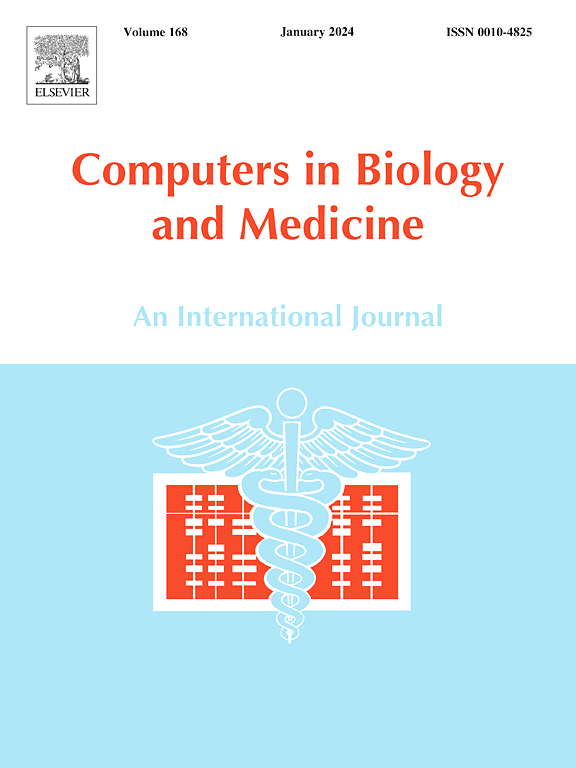CACTUS: An open dataset and framework for automated Cardiac Assessment and Classification of Ultrasound images using deep transfer learning
IF 7
2区 医学
Q1 BIOLOGY
引用次数: 0
Abstract
Cardiac ultrasound (US) scanning is one of the most commonly used techniques in cardiology to diagnose the health of the heart and its proper functioning. During a typical US scan, medical professionals take several images of the heart to be classified based on the cardiac views they contain, with a focus on high-quality images. However, this task is time consuming and error prone. Therefore, it is necessary to consider ways to automate these tasks and assist medical professionals in classifying and assessing cardiac US images. Machine learning (ML) techniques are regarded as a prominent solution due to their success in the development of numerous applications aimed at enhancing the medical field, including addressing the shortage of echography technicians. However, the limited availability of medical data presents a significant barrier to the application of ML in the field of cardiology, particularly regarding US images of the heart. This paper addresses this challenge by introducing the first open graded dataset for Cardiac Assessment and ClassificaTion of UltraSound (CACTUS), which is available online. This dataset contains images obtained from scanning a CAE Blue Phantom and representing various heart views and different quality levels, exceeding the conventional cardiac views typically found in literature. Additionally, the paper introduces a Deep Learning (DL) framework consisting of two main components. The first component is responsible for classifying cardiac US images based on the heart view using a Convolutional Neural Network (CNN) architecture. The second component uses the concept of Transfer Learning (TL) to utilize knowledge from the first component and fine-tune it to create a model for grading and assessing cardiac images. The framework demonstrates high performance in both classification and grading, achieving up to 99.43% accuracy and as low as 0.3067 error, respectively. To showcase its robustness, the framework is further fine-tuned using new images representing additional cardiac views and also compared to several other state-of-the-art architectures. The framework’s outcomes and its performance in handling real-time scans were also assessed using a questionnaire answered by cardiac experts.
求助全文
约1分钟内获得全文
求助全文
来源期刊

Computers in biology and medicine
工程技术-工程:生物医学
CiteScore
11.70
自引率
10.40%
发文量
1086
审稿时长
74 days
期刊介绍:
Computers in Biology and Medicine is an international forum for sharing groundbreaking advancements in the use of computers in bioscience and medicine. This journal serves as a medium for communicating essential research, instruction, ideas, and information regarding the rapidly evolving field of computer applications in these domains. By encouraging the exchange of knowledge, we aim to facilitate progress and innovation in the utilization of computers in biology and medicine.
 求助内容:
求助内容: 应助结果提醒方式:
应助结果提醒方式:


